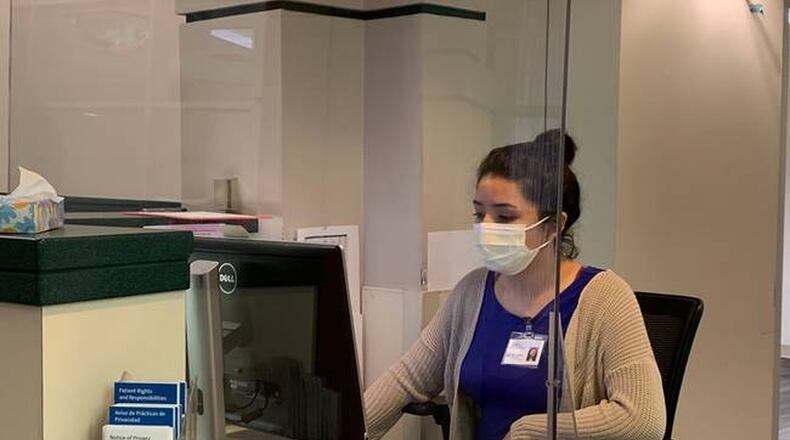MORE: Hospitals urge people to seek medical care if they need it
Health care furloughs and layoffs were widespread during the early months of the pandemic. Health officials here and elsewhere anticipated a surge in COVID patients but had limited supplies of personal protective gear and beds. Health systems and the state agreed to stop non-crucial procedures to keep rooms and supplies available. Many other providers also had procedures and care cancelled amid concerns about conserving supplies.
As patient volumes and revenue plummeted, nearly 1 in 10 U.S. health care workers lost their jobs between February and April - nearly 1.5 million health care jobs - according to Kaiser Family Foundation.
Ohio hospitals are still monitoring capacity and supplies of protective gear, but are back to performing those postponed procedures.
Nationally, more than 300,000 health services jobs were recovered in May 2020, mainly in dental offices. The foundation reported employment in some health care settings continued to decrease.
Local hospital systems are still ramping back up to pre-COVID levels of activity and procedures.
RELATED: Missing stroke, heart attack patients alarm local doctors
“You can’t go from not doing any of those surgeries to doing 100% of your traditional volumes, so they’ve been having to stagger everything slowly as they are rebuilding all of the surgeries that had been delayed,” Hackenbracht said.
In addition, some of the volume decline was due to patients avoiding hospitals and delaying needed care. Hospital officials have started a campaign to advertise safety protocols and urge patients to come back.
“We have a number of people who are very fearful who need emergency care … we’re really trying to make sure people understand that our hospitals are safe and understand the various infection control practices that have been put in place,” Hackenbracht said.
Local hospitals now have split how people enter the emergency rooms and people with respiratory symptoms come through entrances separate from the one used by everyone else.
The Ohio Hospital Association on Friday did not have statewide data on furloughs or reinstatements but said several members had instituted furloughs, hour cutbacks and other measures.
From the March 9 declaration of the public health emergency, to the May 1 restart of some elective procedures, Ohio hospitals suffered a combined $2.38 billion in lost revenue and unanticipated emergency expenses, spokesman John Palmer said.
In addition, OHA estimates hospitals continue to lose $18 million in revenue per day due to low patient volumes and decreased hospital utilization. As of June 17 the total financial impact on Ohio hospitals is $3.22 billion. While the federal government has provided some relief, it is not sufficient to address this seismic hit to hospitals. Ohio hospitals have received $1.75 billion in total CARES Act provider relief funding, including the recent allocation to safety net hospitals. This leaves a $1.47 billion funding gap, Palmer said.
About the Author
